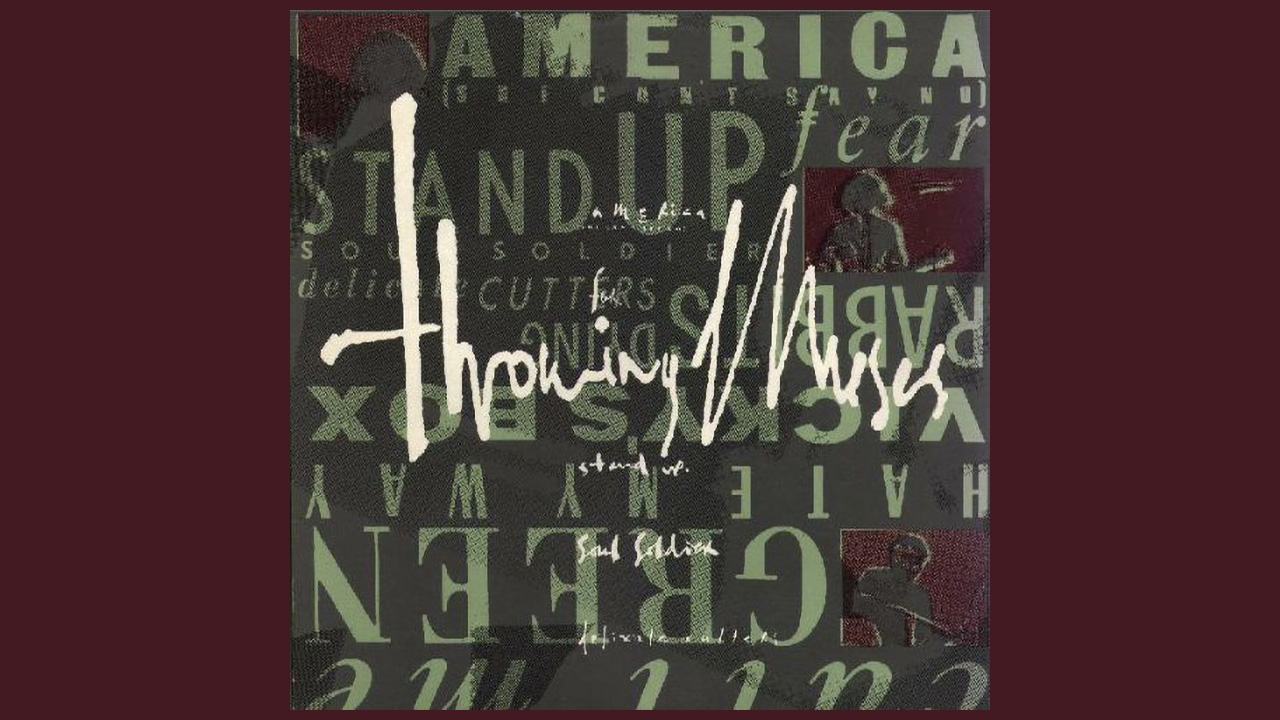“Utterly idiosyncratic and experimental, possessed of a frighteningly intense energy”: Throwing Muses’ debut album remains one of the proggiest and best albums of the 80s

The four members of Throwing Muses were still in their teens when they became the first American band to sign to art-rock label 4AD in 1985. Three-quarters female, they were led by singer-songwriter extraordinaire Kristin Hersh – just as Cocteau Twins’ Liz Fraser had redefined the female voice in British avant-indie, it’s arguable that Hersh would do something similar for US college rock.
Yet that’s a wholly inadequate description of Throwing Muses’ incredible self-titled debut album, which to this day sounds like nothing else. Utterly idiosyncratic and experimental, it’s the very definition of a progressive, boundary-pushing record, its fractured narratives and multipart, chorus-free arrangements possessed of a frighteningly intense energy.
Hersh has lived with a misdiagnosed dissociative disorder throughout much of her career, and while it’s often unhelpfully reductive to interpret music via mental health issues, it’s hard not to hear her internal struggles being channelled through her songs.
In an inversion of the band’s name, it frequently sounds like she’s being pulled this way and that by capricious spirits, and no more so than on opening track Call Me. Bursting into life – and already fit to explode – the wiry, tightly-coiled guitars of Hersh and step-sister Tanya Donelly (who’d later form Belly) are underpinned by the astonishing drumming of David Narcizo, who alternates between driving the song and marching it on the spot.
The heartbeat harmonics, entwined guitars and clicking percussion could be King Crimson at their most contemplative
Hersh’s voice pitches wildly across the meter, with sudden accelerations, warbles and yelps dramatising her stream-of-consciousness lyrics – then halfway through the mania breaks, and the song resolves into a folky lullaby.
The heartbeat harmonics, entwined guitars and clicking percussion of Green could be King Crimson at their most contemplative, while Vicky’s Box opens with a hard groove from bassist Leslie Langston before its shimmering, arpeggiating riff and violently matter-of-fact words burrow directly into the skin.
Fear is the album’s most overtly proggy track: a panicky rumble of toms and the sound of oncoming traffic backing a taut Fripp-esque guitar line. Soul Soldier is another two-part song, its grumbly, growling Afrobeat riff pivoting into a stretch of backwoods raga and Hersh’s plaintive cries.
Sign up below to get the latest from Prog, plus exclusive special offers, direct to your inbox!
Delicate Cutters is seemingly a classic end-of-album acoustic ballad – except this one has teeth. Hersh’s savage, beautiful voice rends the veil between worlds and gives final expression to the uncanny presence that permeates the record.
The album was re-released in 1998 as In A Doghouse, with follow-on Chains Changed EP appended. Finished, the EP opener, is perhaps the apogee of Hersh’s delirious songcraft – a cyclical highlife riff and thunderous percussion sliding into a clattering, propulsive denouement.
Throwing Muses remains by some distance one of the greatest albums of the 80s.
Joe is a regular contributor to Prog. He also writes for Electronic Sound, The Quietus, and Shindig!, specialising in leftfield psych/prog/rock, retro futurism, and the underground sounds of the 1970s. His work has also appeared in The Guardian, MOJO, and Rock & Folk. Joe is the author of the acclaimed Hawkwind biographyDays Of The Underground (2020). He’s on Twitter and Facebook, and his website is https://www.daysoftheunderground.com/.
You must confirm your public display name before commenting
Please logout and then login again, you will then be prompted to enter your display name.



